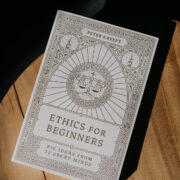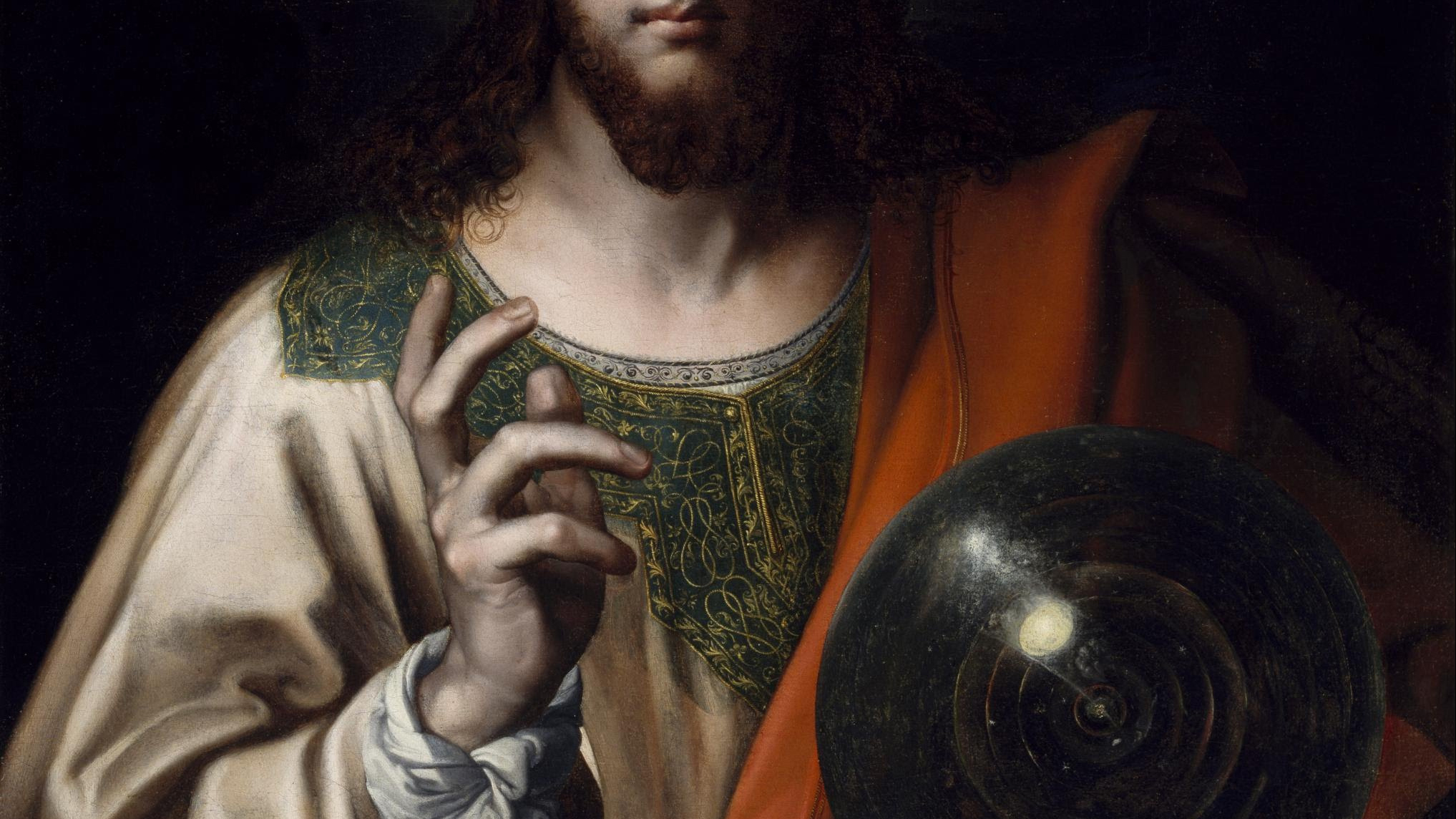As we prepare to celebrate the Nativity of the Lord, it is fitting to meditate on the significance of Christ’s birth. To this end, I would like to offer a reflection about Jesus as the center of history. By “center of history,” of course I do not mean that he is the temporal center, as if he was born exactly in the middle of the universe’s timeline. Rather, I mean that Christ is the turning point of history with respect to salvation, demarcating a fundamental boundary between what is before and what is after his coming into the world. This truth is already reflected in the typical way of dividing time into B.C. (Before Christ) and A.D. (Anno Domini, “the year of our Lord”). But I would like to flesh this out a bit more.
Of course, to discuss a “center,” one must have some sense of what is on either side. Now, it must be said, that—as God—the person of Jesus, who is God the Son, is also the beginning and end (goal) of history, the Alpha and the Omega. Regarding his position as the Alpha, we read in the Gospel of John: “All things came into being through him” (John 1:3). The entire Trinity, of course, created the world. But there is a sense in which the world was created through the Word, the Logos, as God the Son is referred to in the prologue of John’s Gospel.
In this way, creation comes forth from God’s act of willing it into existence. There is a certain movement forth from God. Traditionally, this has been referred to in theology as the exitus of creation. But God created in order to offer creation a share in his own divine life. Mankind, created in God’s image and likeness, is capable of knowing and loving—and hence of entering into union with—God. The purpose of human existence is precisely to know and love God in this world and to be with him forever in the next, as the Baltimore Catechism famously says. Thus, the proceeding forth from God exists for the sake of the return to God, what has traditionally been called the reditus: the being led back to the source from which we came. In short, there is a two-fold movement of creation: it proceeds forth from God and is ordered toward returning back to God.
The purpose of human existence is precisely to know and love God in this world and to be with him forever in the next.
Through sin, however, the purpose of creation was disrupted. Rather than union with God, division entered the world. Humanity was separated from God, and people were separated from one another. In order for the goal of creation to become attainable, the rift between God and humanity had to be healed.
To this end, God united humanity back to himself through the Incarnation of the Word. The one person (God the Son) is fully divine from all eternity and—through the Incarnation—he has also become fully man. He is consubstantial with the Father in his divinity and consubstantial with us in his humanity. Through the grace of the hypostatic union (the unity of the two natures in the one person), Jesus’ entire human life—from birth, through death, into his glorious resurrection and ascension into heaven—becomes efficacious for our own re-creation. Our sins can be forgiven, our disordered souls can be healed, and we can thus be saved from everlasting death and come ultimately to eternal beatitude in heaven, where we will be intimately and thoroughly united with God, knowing him by seeing him face-to-face. Christ is the one through whom this salvation comes.
Jesus Christ, therefore, inaugurates history’s change in trajectory. Without Christ, humanity was doomed to damnation. Through Christ, we can return to God. Our direction of travel, so to speak, can be reversed: from separation from God to eternal union with God. Early in his academic career, Joseph Ratzinger (Pope Emeritus Benedict XVI) reflected on this fact: “All reality is carried away in the great circular movement, which proceeds from God, and through Christ, the turning point of the world, all is again ‘led back’ to God.” As pope, he reiterated this truth, reflecting upon the work of St. Bonaventure: “For St. Bonaventure, Christ was no longer the end of history . . . but rather its centre; history does not end with Christ but begins a new period.”

In conclusion, as one of the three divine Persons of the Most Holy Trinity, God the Son, the Eternal Word is the beginning (origin) and end (goal) of history. In his humanity, he has also become the center of history as the Savior of the world, ending our separation from God and inaugurating our return to God. Hence, Jesus should also be the center of our lives. For it is union with him that effects our union with God and determines our eternal destiny. As we prepare to celebrate the Solemnity of the Nativity of Our Lord, then, let us not forget what Christmas is truly all about. For the gift we are given through the birth of the Christ Child is more precious, more worthy of our gratitude, than any other gift we could possibly be given. And it came at a much higher cost than the most expensive of earthly gifts. It cost the death of God Incarnate on the cross, a death he willingly and lovingly suffered, so that we might have life and have it more abundantly (see John 10:10).
May you all have a most blessed Christmas, with Christ as the center.
This piece was originally published on December 23, 2022 on Evangelization & Culture Online.
